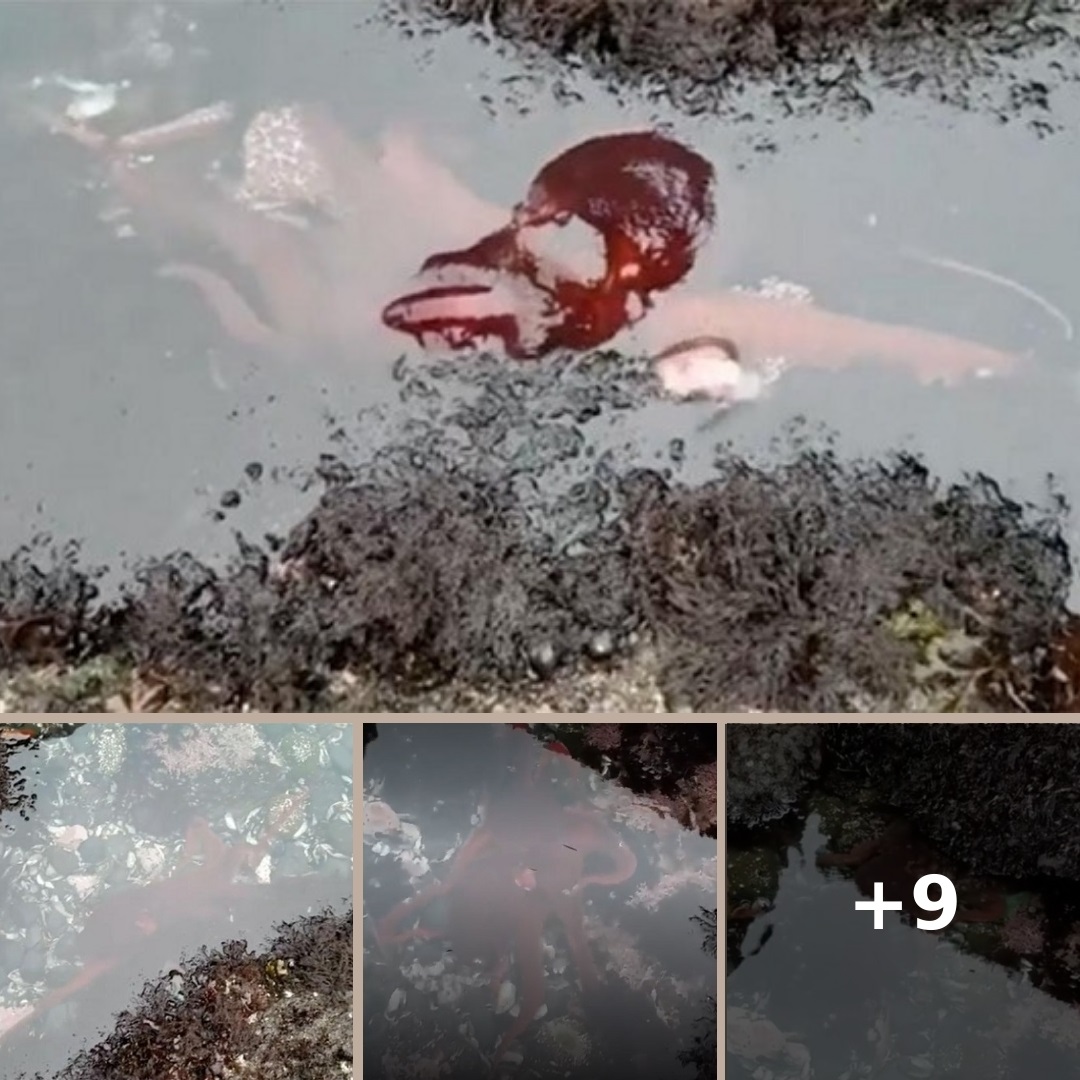A recent video from the U.S. Department of the Interior shows a giant Pacific octopus crawling through the Yaquina Head tide pools in northwestern Oregon.
According to the Department of the Interior, while giant Pacific octopuses may visit this location often, the animals are only spotted a few times a year.
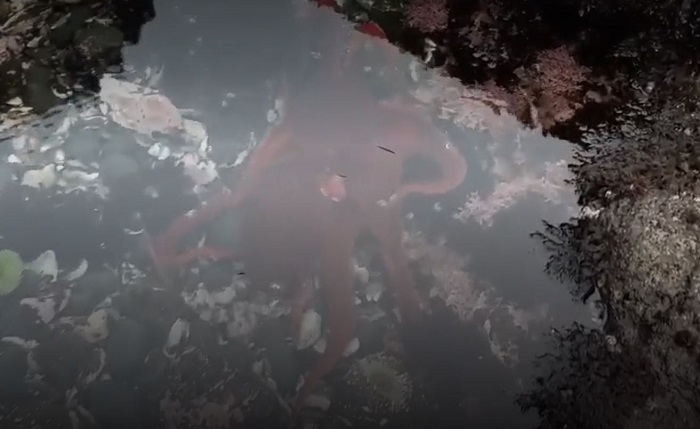
In the video, the red octopus can be seen lurking right below the water’s surface, reaching its arms forward to move through the shallow pools. As its arms unfurl, the octopus flashes their pale, peach underside lined with suction cups.
The animal’s head breaches the surface for a brief moment before the animal fully submerges itself again.
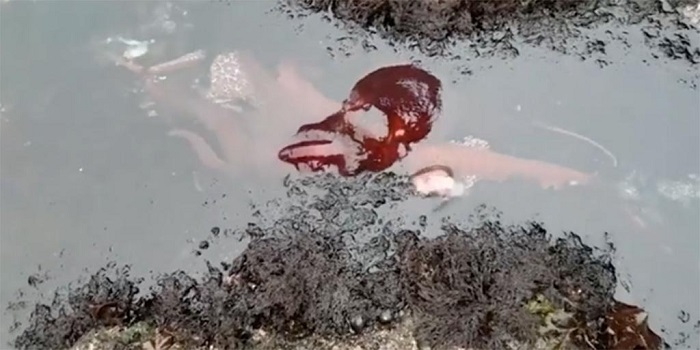
It then crawls over to shelter under a rock. There, the octopus can be seen changing its color and texture from red and smooth to brown and mottled in an attempt to camouflage itself.
The giant Pacific octopus and other cephalopods are able to change their color and texture due to specific capabilities in their skin, according to the Smithsonian.
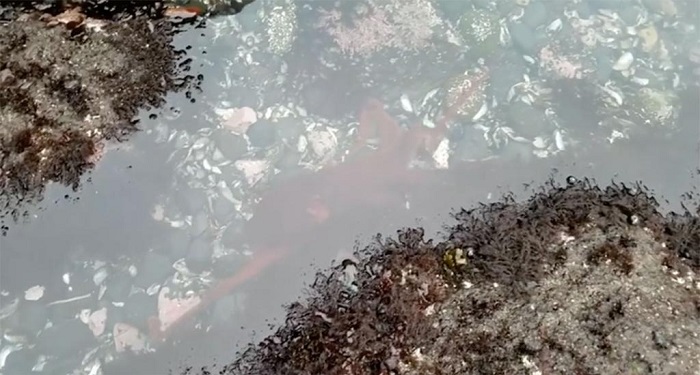
Just below their skin’s surface are thousands of cells that allow the octopus to either adjust the type and amount of color pigment or mirror back the colors of their environment. To change their skin’s texture, cephalopods can control the size of projections on their skin to create features from small bumps to tall spikes.
Because of these capabilities, the giant Pacific octopus in the video was able to transform its skin to match the rock it was hiding under.
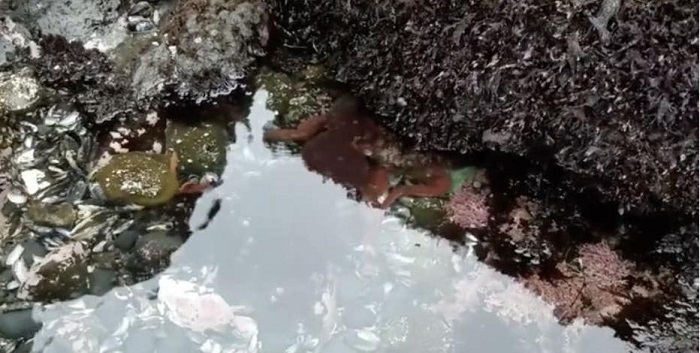
The Smithsonian also noted that the giant Pacific octopus is a highly intelligent creature. This intelligence not only allows the animal to camouflage itself, but it allows it to imitate other species of octopus.
In addition to being intelligent, the giant Pacific octopus is also the largest octopus on the planet. While the octopus in the video was small, said the Department of the Interior, other giant Pacific octopuses can grow as large as 16 feet long from one end of an arm to another.
